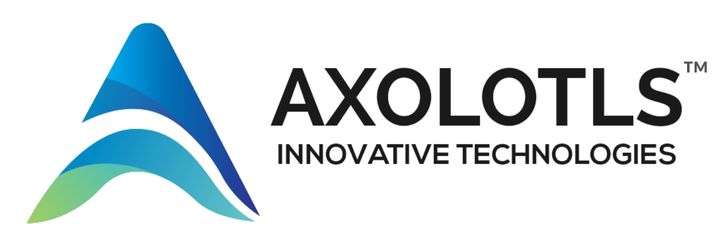In today’s fast-paced industrial and construction environments, safety remains a top priority. However, traditional training methods often fall short in preparing workers for real-world hazards. That’s where Virtual Reality (VR) steps in—offering an immersive, interactive, and highly effective way to train employees for safety-critical situations.
Axolotls Innovative Technologies is leading the way in VR-based safety training solutions, offering cutting-edge immersive experiences that enhance workplace safety and employee preparedness across industries.”
What is VR-Based Safety Training?
VR-based safety training uses immersive virtual environments to simulate real-life work scenarios. Workers wear a VR headset and engage in realistic training modules—like operating machinery, responding to fire emergencies, or navigating hazardous zones—without facing actual risk.
Why Traditional Safety Training Isn’t Enough
Conventional training relies heavily on manuals, videos, and classroom sessions. While informative, these methods often lack engagement and practical experience. In contrast, VR allows for hands-on learning in a controlled virtual space, making it easier for employees to understand and retain safety protocols.
Key Benefits of VR Safety Training
- Realistic Simulations: VR can replicate dangerous environments—like high-rise construction sites or chemical plants—without putting workers in harm’s way.
- Higher Engagement & Retention: Interactive, immersive experiences help workers remember procedures better than passive learning.
- Safe Failure: Workers can make mistakes in the virtual world without real-world consequences, learning valuable lessons through trial and error.
- Scalability: VR modules can be standardized and used across multiple locations, ensuring consistent training quality.
- Data-Driven Feedback: Trainers can track performance, identify knowledge gaps, and personalize training for individual workers.
Industries Already Using VR Safety Training
- Construction: Simulating falls, equipment handling, and site navigation.
- Manufacturing: Machine operation, fire response, and emergency shutdown drills.
- Oil & Gas: Confined space entry, hazardous leak management, and evacuation procedures.
- Healthcare: Infection control, patient handling, and emergency protocols.
The Future is Immersive
As VR technology becomes more affordable and accessible, it’s poised to become a standard in workplace training. Companies investing in VR are not only enhancing safety but also boosting productivity and confidence among their workforce.
Final Thoughts
Virtual Reality is not just a futuristic gimmick—it’s a practical tool that saves lives. By integrating VR-based safety training, companies can build a more prepared, confident, and safety-conscious workforce. As the old saying goes: “An ounce of prevention is worth a pound of cure”—and VR is delivering that prevention in high definition.
Would you like this blog customized for a specific industry or company style?



